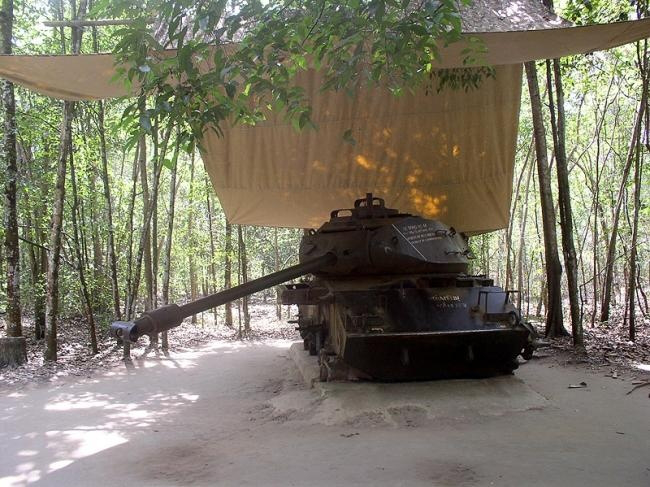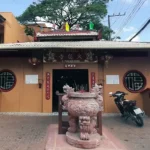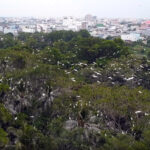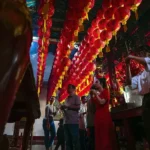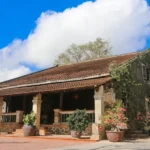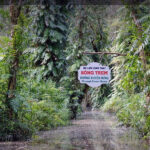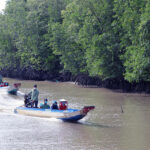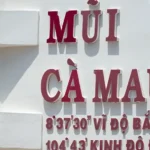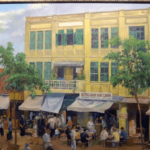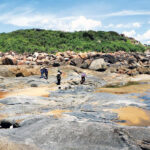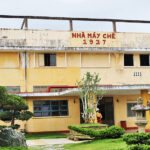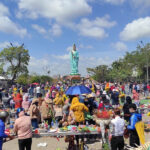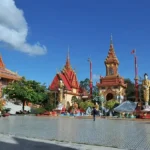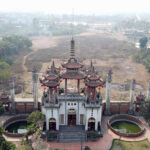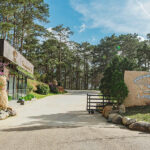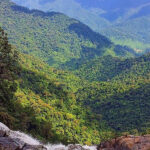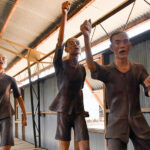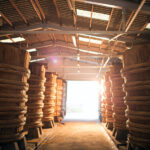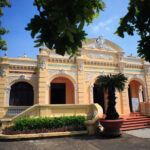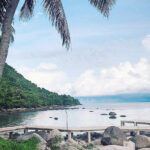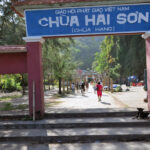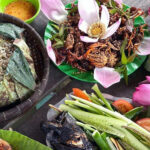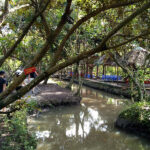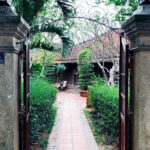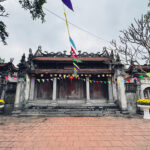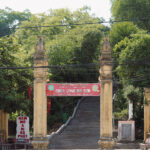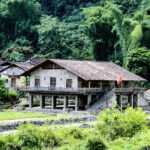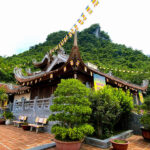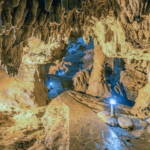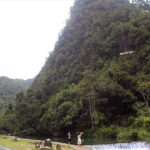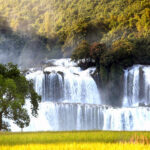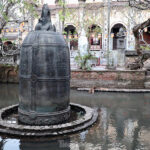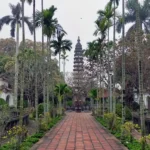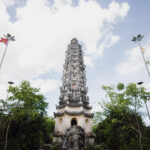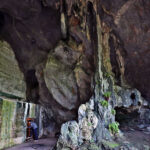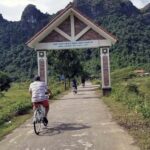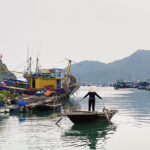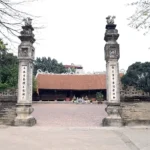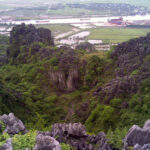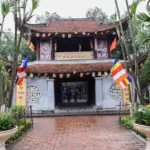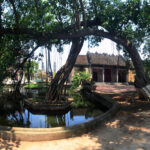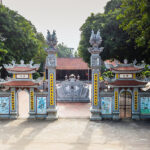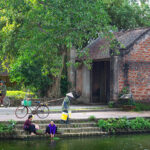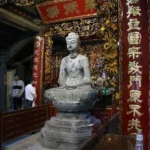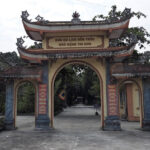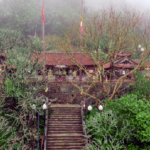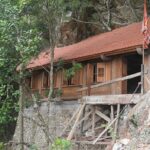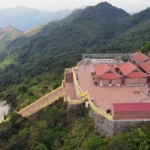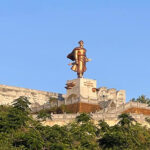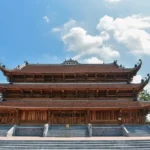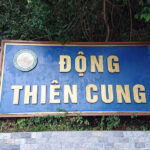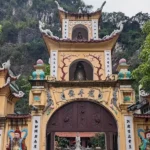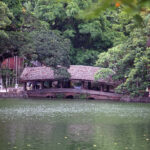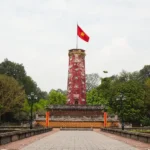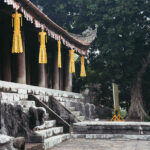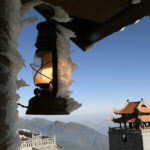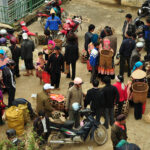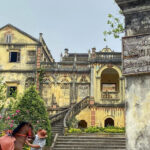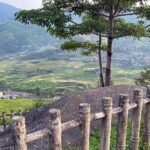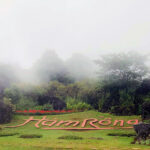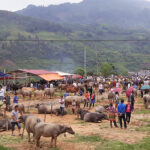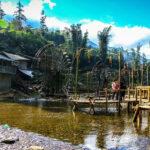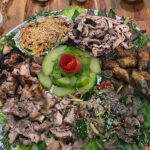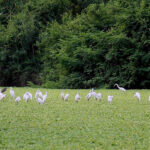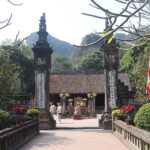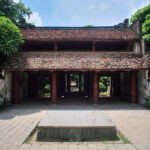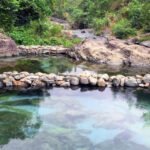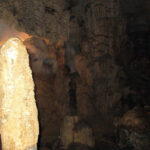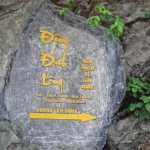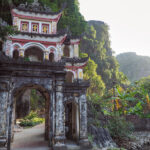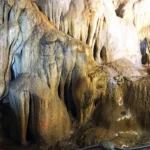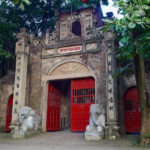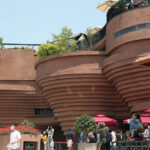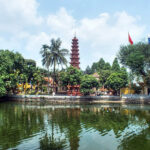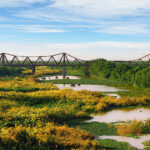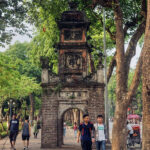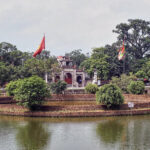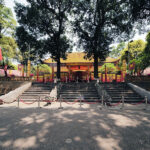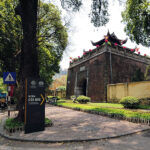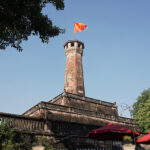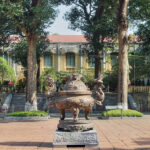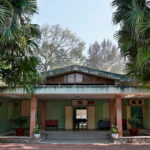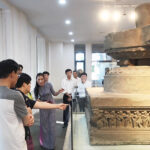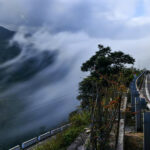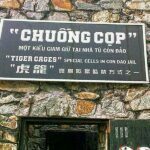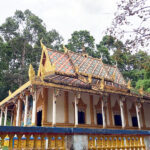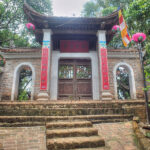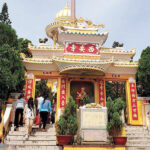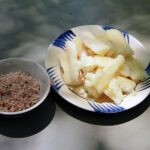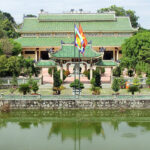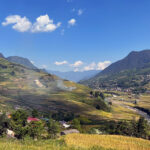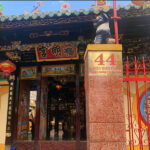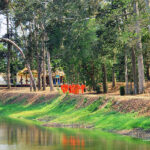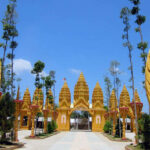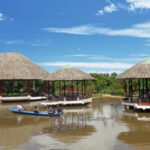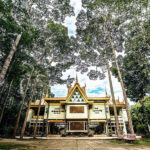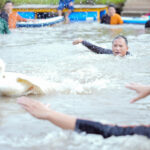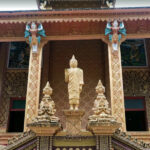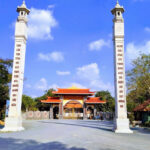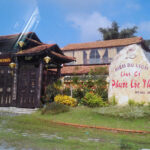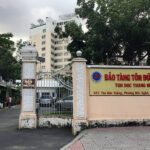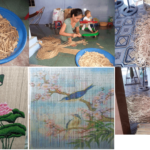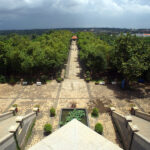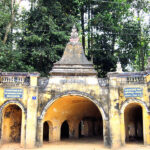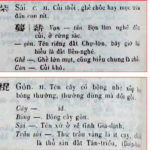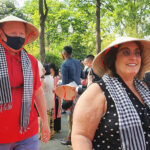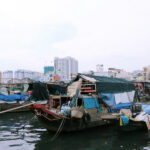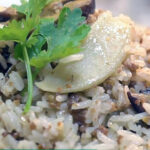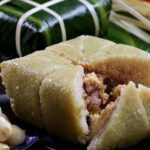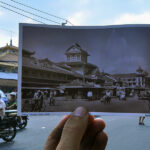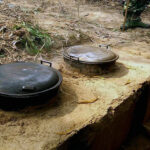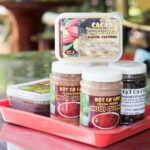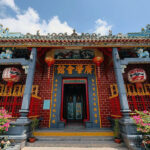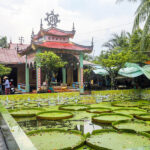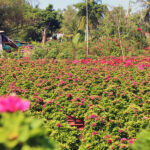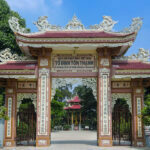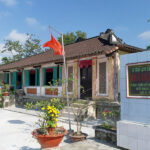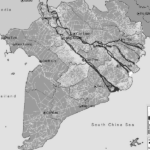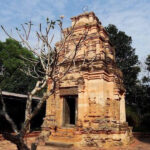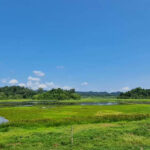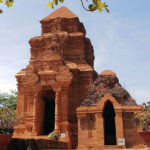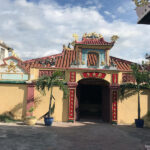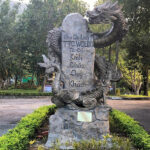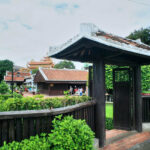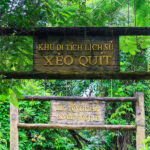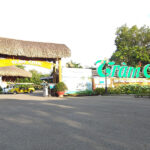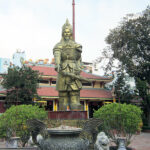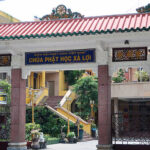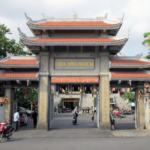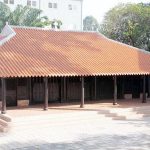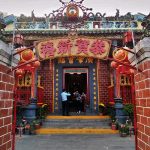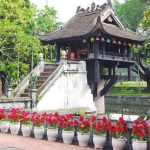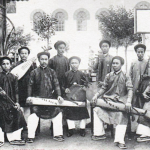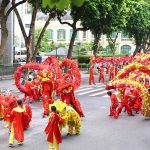Cu Chi Tunnels waited for American soldiers with suffocating cramped conditions, pitch darkness, mines, traps, poisonous snakes, scorpions and then skilled guerrillas…
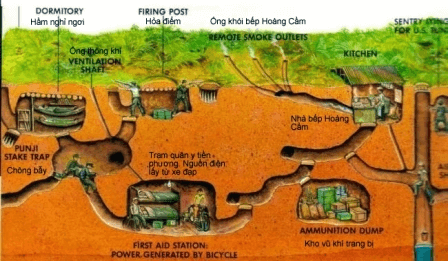
The underground city
The resilience and fierce fighting power of the army and local people in Cu Chi were maintained by a system of tunnels – multi-layered tunnels stretching up to 200 km, continuously built by the army and local people for many years, with countless secret hatches to the surface, secret firepowers, shelters, underground factories, warehouses and military barracks, above are densely arranged mines, bunkers and traps.
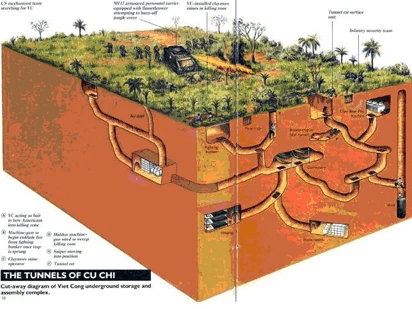
The description of Cu Chi Tunnels is very simple: this is a secret underground fortification system, camouflaged very deeply and very carefully in the tropical jungle. The purpose of the Cu Chi tunnel system – to deliver surprise attacks on the enemy during the years of American military engagement in Vietnam.
The tunnel system – combat fortifications was researched and thought out very carefully with the calculation that it could attack and destroy the enemy from all sides. The complex network of zigzag tunnels spreads in all directions from the main tunnel axis and spreads into countless branches. Some branches had become secret shelters, and others suddenly become dead ends, due to special terrain conditions.
In order to save energy and time, Vietnamese guerrillas and local people dug tunnels that were not very deep, but calculated the design even in cases where tanks and armored vehicles moved moving on the roof of the tunnel; being shelled and bombed above – the tunnels would not be sinked, or collapsed and still steadfastly served those who built them.
To this day, the complex, multi-layered tunnel system remains the same as it was during the war, with secret hatches, connecting underground passages between basements. In the tunnel system, there are special sealed doors at different places, used to prevent enemies or prevent toxic gas. Throughout the length of all tunnels, there are secret vents and ventilation holes cut into the ground and very discreetly camouflaged. Part of the secret ventilation doors can be used as a secret fire point, and that was always one of the big surprises for the enemy.
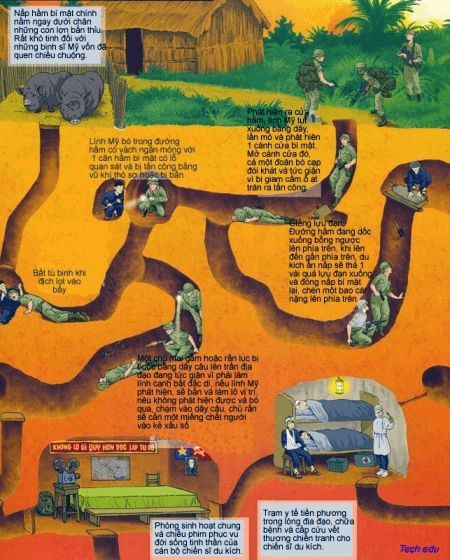
During the war, there were times when the tunnel system could accommodate an entire Vietnamese army or the population of an entire village, which helped to protect many lives. In the tunnel, there are stockpiles of weapons, ammunition and explosives of all kinds, food and battlefield medical facilities, Hoang Cam stoves, and field hospitals, basements – bedrooms, field command area, shelters and activities for women, children and the elderly.
To be more precise, this is not a village but an entire underground city. Even during the war, Vietnamese people did not forget culture and education: classrooms were arranged in the basements, and they could also be used to screen revolutionary films and perform Vietnamese arts. But more specifically, that whole world is hidden deep underground.

Using both B-52 strategic bombers and heavy artillery, the Americans have been poaching the Cu Chi area for many years, but countless bombings and continuous shelling have not brought the desired results. If desired, Cu Chi would still be a dead land for American marines and “Saigon puppet army”. Americans were forced to go down into those dark tunnels themselves but it was not a movies with selected soldiers who are not tall, thin and reckless, ready with a shotgun to crawl into the darkness of death. In that tunnel, waiting for the American soldiers was suffocating cramped conditions, pitch darkness, mines, traps, poisonous snakes, scorpions, and then the battle-hardened guerrillas.
How did they dig the tunnel?
The 3-storey tunnel system was dug into the hard clay with rudimentary agricultural tools by many groups of many generations of Cu Chi people. Each tunneling group had from 3 to 4 people. One person digs, one person pulls soil from the tunnel into a deep vertical well, one person pulls the basket of excavated soil upward, one person carries it somewhere, dumps it, hides it secretly under dense bushes or dumps it. spread into the river.
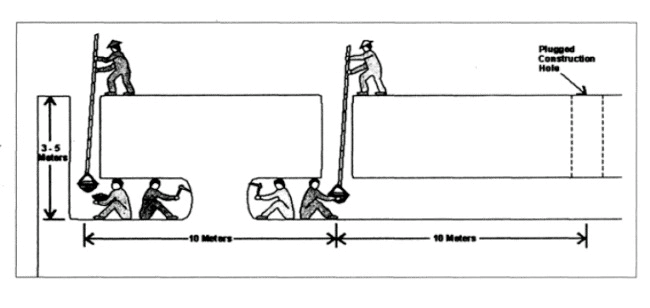
When the tunnels were connected to each other, the dug well will be placed with a smooth bamboo tree as a ventilation pipe, disguised as a termite nest or rotten tree stump, any other shape….
Terrifying traps
In the war against America, primitive weapons played an important role, breaking the enemy’s will to invade. Vietnam’s traps, which are rudimentary homemade weapons, but extremely dangerous and effective, caused the American expeditionary force to lose a lot of manpower.
Tiger trap pit – GIS (American soldier) was maneuvering gently on the trail, suddenly the ground under his feet collapsed and the American soldier fell into a hole full of bamboo poles or sharp iron spikes. If he was lucky and didn’t die right away, he would scream in pain, and the remaining soldiers would gather to try to pull him out of that terrifying pit. Usually around that underground bunker there are secret doors, scary fire spots for guerrilla snipers.
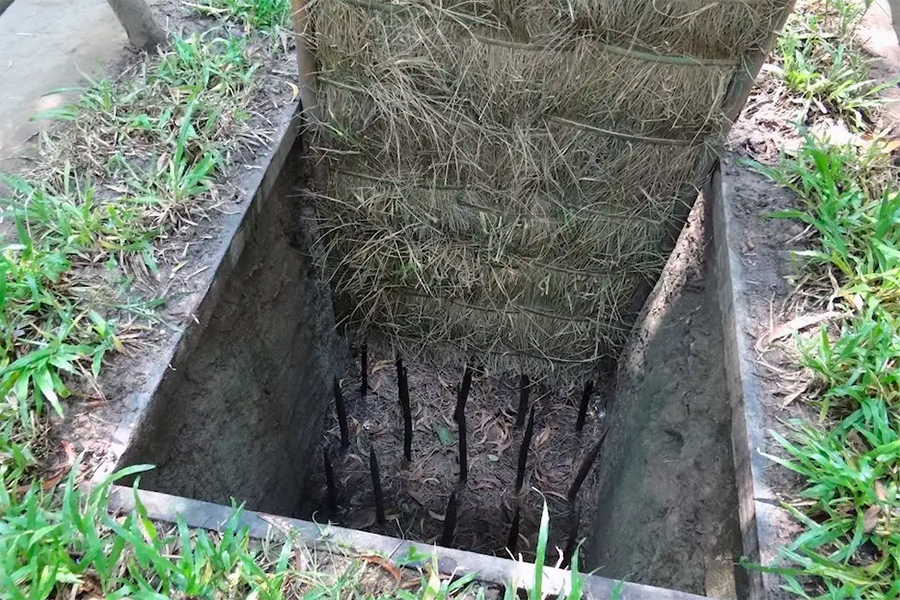
Tiger trap pit in Cu Chi
Gifts from Vietnam (Vietnamese souvenir) – also known as “chông thò” (sticking trap), a self-made weapon of technological nature. In the deep hole there are iron spikes inserted diagonally, on top there is a round board with a stretched parachute cord, connected to long sharp iron spikes.
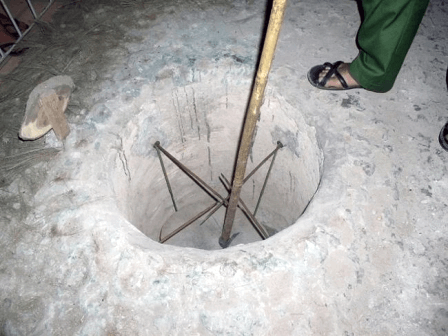
chông thò
When American soldiers, unlucky, stepped on the hole carefully camouflaged with dry leaves, grass or soil, his foot sank down and pulled the thin board along, iron nails from all four sides pierced his thighs and spikes pierced diagonally ankle. It was impossible to pull the injured person out of the hole without digging it out and pulling out the nails.
Usually in that case, the soldier does not die but is definitely completely damaged in the leg. He must be quickly taken to the military hospital in Saigon for surgery. The soldier is given nails as souvenirs, so “chông thò” also known as Vietnam Memories.
“Chông hom” (fish trap) – A type of spike with a structure like a basket, the sharp points are not only responsible for piercing the ankles, but also forcing the GIS to be unable to move. The cuttings are often soaked in water fields or muddy fields next to the river. Landing soldiers jumped from helicopters or from boats on the river and… stood still with iron spikes penetrating deep into their ankles.
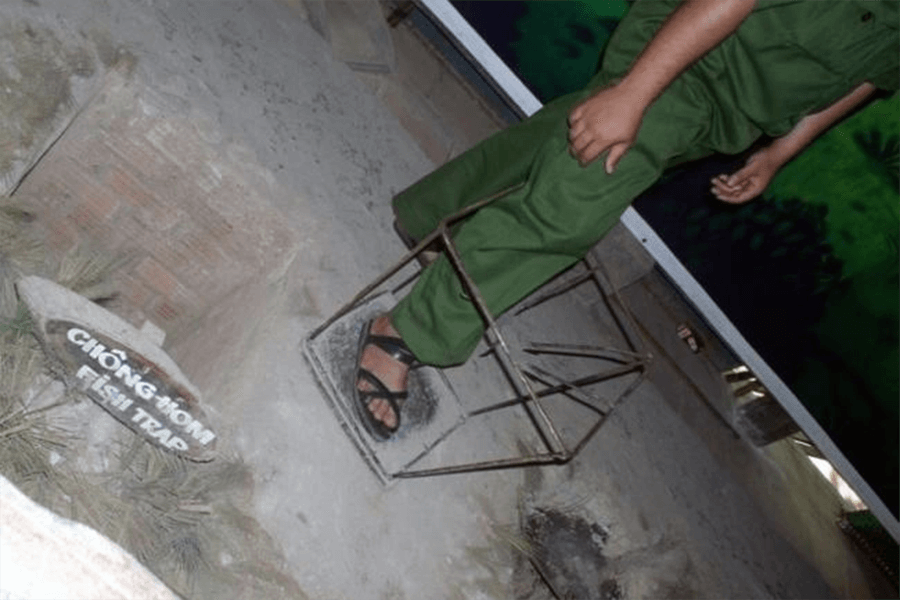
chông hom(Fish trap)
There are also self-made weapons that not only cause damage, but also create horrifying nightmares for others – spike rotating shaft. On two freely rotating circular shafts, iron spikes are attached. If you step on them, GIS quickly creates many holes in the body.
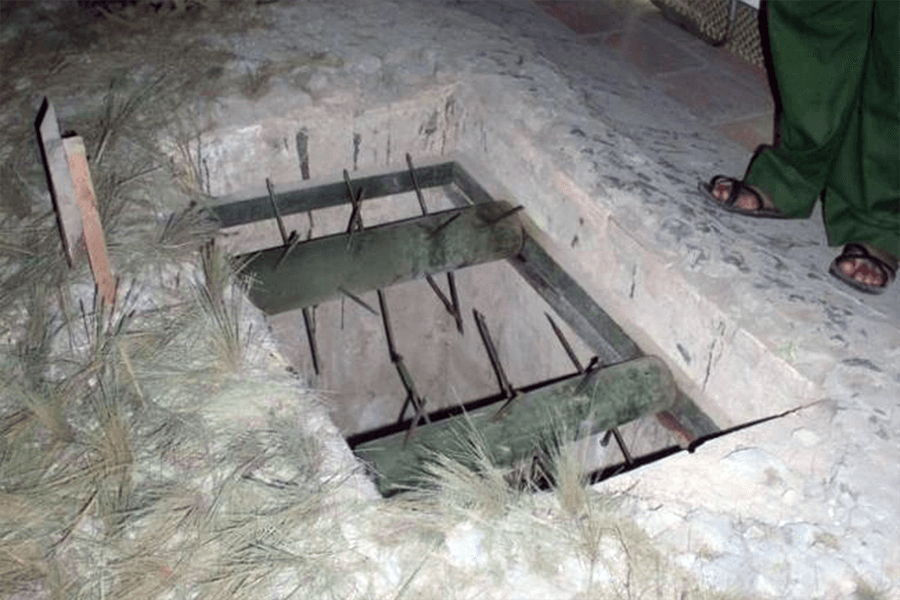
For those who like to break into houses without knocking, or break the door with a kick of a spiked shoe, Vietnamese guerrillas generously give them a type of “door trap” with a special structure, simply 2 bars T shape connected together in the style of a threshing anchor, tied to the ceiling and connected to the door. When the door is fully opened, the spike will rush down and GIS will go straight to hell. Or if he can get his gun in time, the thighs and abdomen will definitely be damaged.
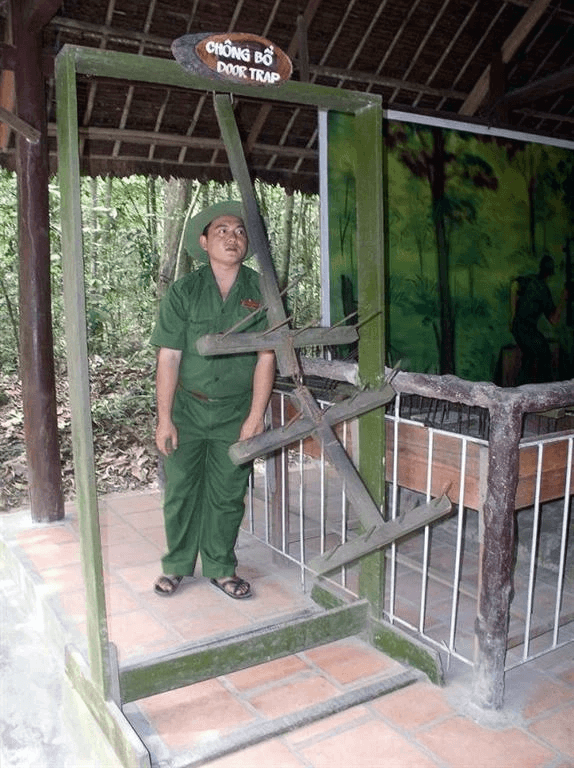
Door trap
Foot trap – this is a very simple type of spike. Young Vietnamese guerrilla fighters built it during practice hours. The principle is really simple. Place two boards side by side with iron spikes inserted into a small hole with two steps and when the enemy steps into that hole, sharp, contaminated nails pierce the ankles. It is guaranteed that the wound will be infected and blood poisoning will occur if you do not get to the hospital in time.
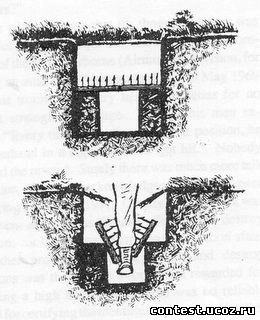
See Saw trap – Made according to the principle of leverage, on both ends of the boards there are sharp iron spikes. When the enemy steps on one end, the other end will bounce up and hit the chest and head with spikes.
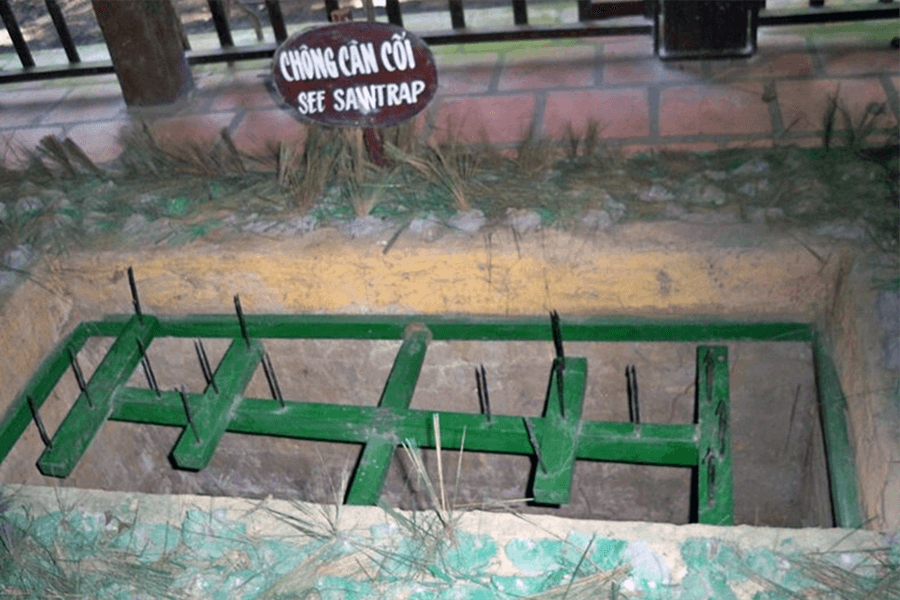
See Saw trap
Klipping Aronnit trap – made up of two boards filled with long sharp nails, can move in both directions and attached to each other with rubber bands or springs. The two boards are stretched and supported by horizontal struts – usually hard bamboo bars. When the American soldier stepped on the hole and stepped down on the strut, he would fall into the hole and stretch out his arms to block the impact. Two boards with nails moved in the middle and stuck into the body of the person caught in the trap.
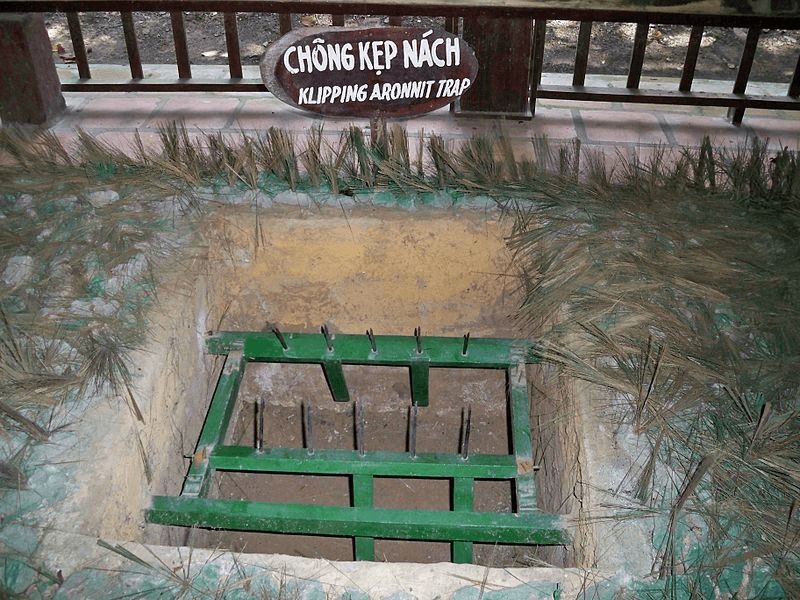
Klipping Aronnit trap
Rake trap – opening the door to GIS, making this trap is quite simple. Just need two solid bamboo pipes tied together into a T shape, the horizontal bar is studded with long, sharp spikes that are hung high, connected to a rope and a small rope is strung across the ground – often used a small monofilament wire to make it difficult to see. When an enemy soldier walks into the door and gets entangled in the wire, the result will be that his shins or thighs will be pierced by spikes.
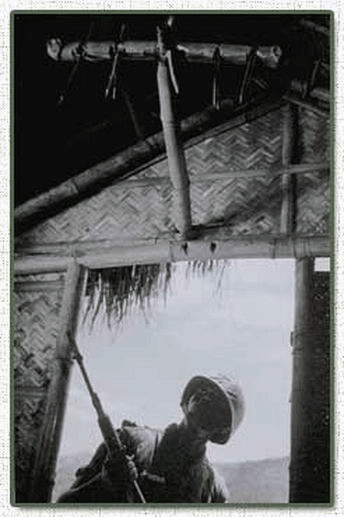
Rake trap
Bamboo whip – use an old bent bamboo tree, the top of the tree is attached with sharpened bamboo or wood bars, tied to a rack to hold and connect to the trap wire, usually a thin fishing line somewhere at knee level on the trail. When an enemy becomes entangled in the trip wire, the tension wire will release the trigger lever, and the bamboo stick along with sharpened bamboo and wooden sticks will whip across the unlucky soldier’s body. Normally when hit, soldiers die immediately.
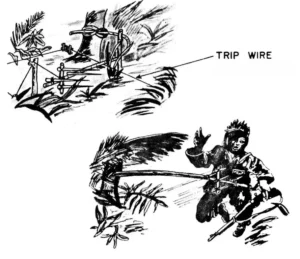
Bamboo whip
Hanging bamboo trap – similar to bamboo whip that need to be turned on are a log, a stone basket or a bag of rocks, filled with sharp bamboo or iron spikes, usually placed and hung on high tree trunks out of sight, connected with trip wires. When the enemy gets entangled or is tugged by a guerrilla fighter hiding somewhere, the log or bag of rocks planted with spikes will rush down from above to the victim, usually to attack a large group of soldiers.
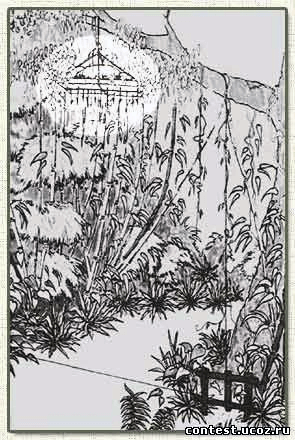
Hanging bamboo trap
Grenade-In-A-Can: a grenade is pulled out and inserted into a cow’s milk tube or bamboo tube, tied horizontally in bushes or immersed in muddy puddles or canals. When a marine, commando, or infantryman passes by and hits the wire, the grenade explodes. The results would of course be devastating for the unlucky group of soldiers.
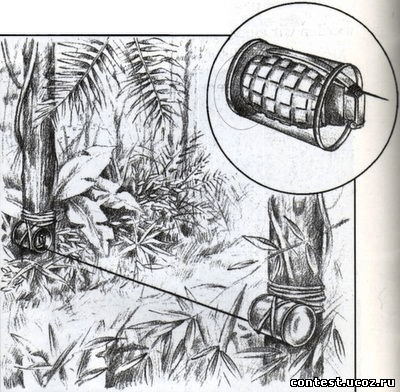
Grenade-In-A-Can
Cartridge Trap – a bamboo tube, inserted into a piece of iron with a lug like a fiery needle, a ballpoint pen spring and a bullet. Bury that trap on the trail, when GIS steps on it, the regular weight of someone walking on the cartridge would drive the nail into the primer, turning the nail into a firing pin and firing the bullet upward through the unsuspecting victim’s foot.
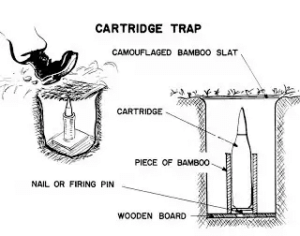
In addition to quite complicated booby traps, American soldiers also have to face self-made weapons that are extremely dangerous but very difficult to see in advance such as wild animal hunting skewers, duck grenades, to regular 7.62mm bullets, 12.7 mm bullets, and more… these are deadly traps.
There are still many things interest things that you should come to visit and witness this secrets of tunnels in Vietnam and horrifying traps by your self. Join with our Cu Chi Tunnels half day tours or book a private car to the tunnels and explore this historical underground city.
Source: collected by An
